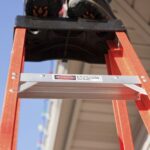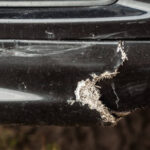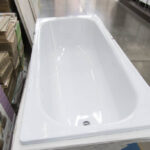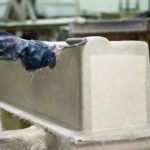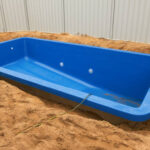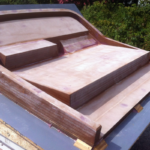Fiberglass ladders are a popular choice for homeowners and professionals alike due to their durability and lightweight design. However, even the strongest ladders can become damaged over time. If you have a fiberglass ladder that is showing signs of wear and tear, it may be time to consider fixing it.
Fixing a fiberglass ladder is not as difficult as you may think. In fact, with the right tools and a little bit of know-how, you can repair most types of damage yourself. Whether you need to fix a cracked rung or replace a missing foot, there are several steps you can take to get your ladder back in working order.
In this article, we will provide a step-by-step guide on how to fix fiberglass ladder. We will cover common types of damage and provide detailed instructions on how to repair them.
By following our guide, you can save time and money by avoiding the need to buy a new ladder. So, if you’re ready to get started, read on to learn more about how to fix your fiberglass ladder.
Understanding Fiberglass Ladders
Fiberglass ladders are widely used in construction, electrical work, and other industries because of their strength, durability, and non-conductive properties. They are also lightweight and easy to handle, making them a popular choice for homeowners and DIY enthusiasts 1245.
Fiberglass ladders are made by weaving together thin strands of glass into a fabric, which is then coated with a resin to create a strong, rigid structure. The resulting material is non-conductive, which means it does not conduct electricity and is safe to use around power lines and electrical equipment.
One of the advantages of fiberglass ladders is their resistance to weathering and corrosion. Unlike metal ladders, which can rust and corrode over time, fiberglass ladders are immune to these problems. They are also resistant to chemicals, making them ideal for use in industrial settings.
Fiberglass ladders come in a variety of shapes and sizes, including step ladders, extension ladders, and multi-position ladders. They can be rated for different weight capacities, depending on their intended use.
When using a fiberglass ladder, it is important to follow proper safety procedures, such as ensuring the ladder is on a stable surface, securing it to prevent tipping, and using the proper technique when climbing and descending. With proper care and maintenance, a fiberglass ladder can last for many years, providing a safe and reliable way to reach high places.
Identifying Common Issues
Fiberglass ladders are sturdy and durable, but like any other tool, they can develop issues over time. Here are some common issues that you may encounter with your fiberglass ladder:
1. Cracks
One of the most common issues with fiberglass ladders is cracking. This can occur due to overloading the ladder or dropping it. Cracks can weaken the ladder and make it unsafe to use. It is important to inspect your ladder regularly for any cracks and replace it if necessary.
2. Wear and Tear
Fiberglass ladders can also develop wear and tear over time. This can include frayed or worn-out rungs, loose bolts, and damaged feet. It is important to inspect your ladder regularly for any signs of wear and tear and replace any damaged parts.
3. Warping
Fiberglass ladders can warp due to exposure to extreme heat or cold. This can cause the ladder to become unstable and unsafe to use. It is important to store your ladder in a dry, cool place to prevent warping.
4. Corrosion
Although fiberglass ladders are resistant to corrosion, the metal components such as bolts and hinges can corrode over time. This can weaken the ladder and make it unsafe to use. It is important to inspect your ladder regularly for any signs of corrosion and replace any damaged parts.
By identifying these common issues, you can take steps to maintain your fiberglass ladder and ensure that it is safe to use. Regular inspection and maintenance can extend the life of your ladder and prevent accidents.
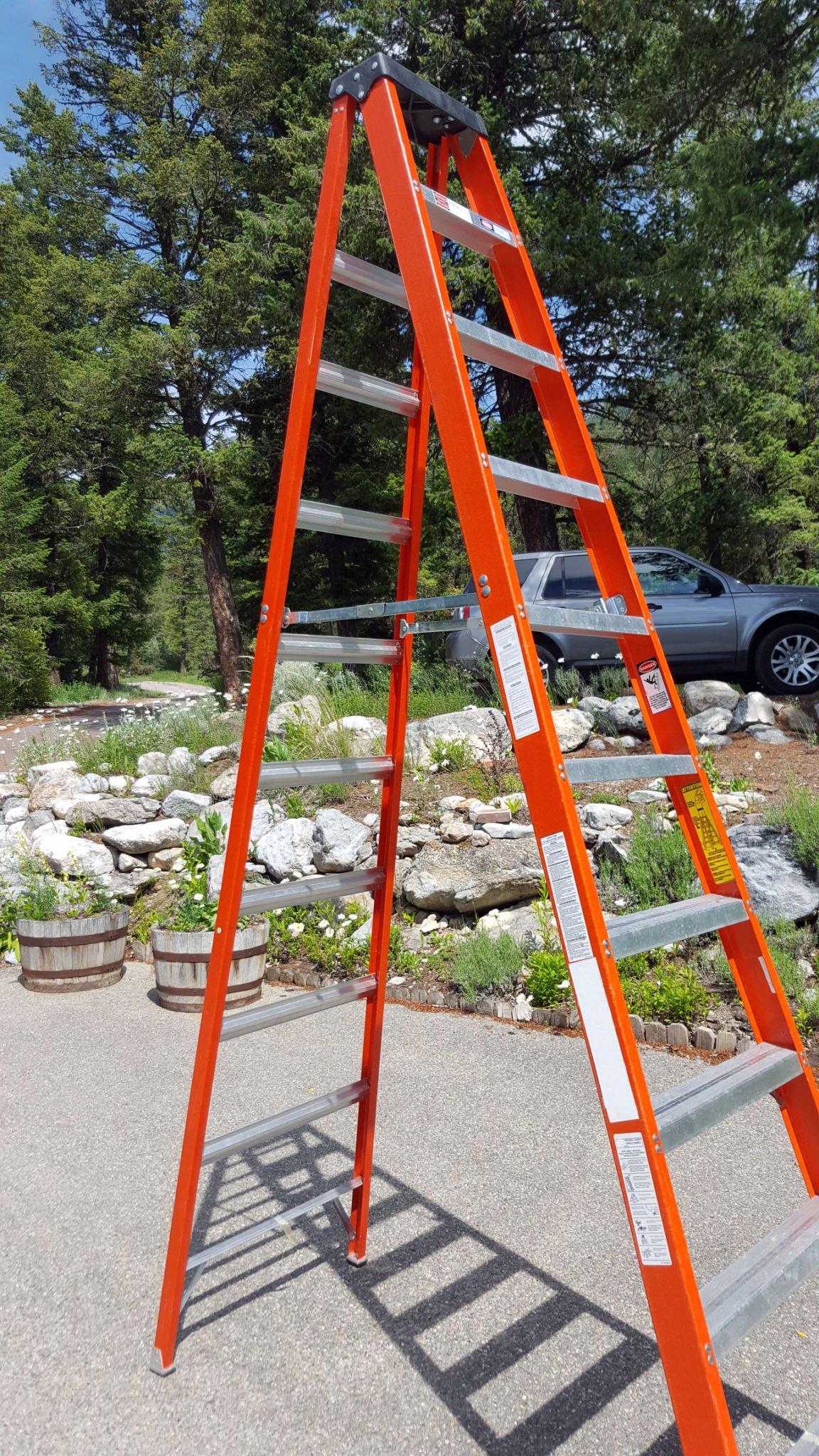
Safety Precautions
When working with fiberglass ladders, it is important to take certain safety precautions to avoid accidents and injuries. Here are a few tips to keep in mind:
- Wear appropriate safety gear such as gloves, goggles, and a dust mask to protect yourself from fiberglass particles and other debris.
- Make sure the ladder is on a stable and level surface before climbing. Avoid placing it on uneven or slippery ground.
- Inspect the ladder for any cracks, breaks, or other damage before use. Do not use a ladder that appears to be damaged.
- When climbing, always face the ladder and keep your body centered between the rails. Do not lean too far to one side or overreach.
- Avoid placing the ladder near power lines or other electrical hazards. Fiberglass is a good insulator, but it can still conduct electricity if it becomes wet or damaged.
- When transporting the ladder, be sure to secure it properly to prevent it from shifting or falling.
By following these safety precautions, you can help ensure that your fiberglass ladder repair project is completed safely and successfully.
Required Tools and Materials
Fiberglass Repair Kit
When fixing a fiberglass ladder, it is important to have a fiberglass repair kit on hand. These kits typically include resin, hardener, fiberglass cloth, and a mixing container. The resin and hardener are mixed together to create a strong adhesive that can bond the fiberglass cloth to the ladder. The fiberglass cloth is then applied to the damaged area and covered with the adhesive mixture. Once the adhesive has cured, the repaired area will be strong and durable.
Protective Gear
When working with fiberglass, it is important to wear protective gear to prevent skin irritation and respiratory issues. The following items are recommended:
- Safety glasses or goggles to protect the eyes from resin and fiberglass particles
- Nitrile gloves to protect the hands from the adhesive mixture
- A respirator or dust mask to prevent inhaling fiberglass particles
It is also important to work in a well-ventilated area to prevent inhaling fumes from the adhesive mixture. By wearing the appropriate protective gear, the repair process can be completed safely and effectively.

Preparing the Ladder for Repair
Before attempting to repair a fiberglass ladder, it is important to properly prepare the ladder to ensure the repair is effective and long-lasting. Here are the steps to follow:
- Clean the ladder: Start by cleaning the ladder thoroughly to remove any dirt, grime, or debris that may be present. Use a mild detergent and water to clean the surface of the ladder. Rinse the ladder with clean water and let it dry completely.
- Assess the damage: Inspect the ladder carefully to identify the extent of the damage. Look for cracks, chips, or other signs of damage that may need repair. If the damage is extensive, it may be best to replace the ladder rather than attempt to repair it.
- Sand the damaged area: Use a fine-grit sandpaper to sand the damaged area lightly. This will help to roughen the surface and create a better bond for the repair material.
- Mask off the area: Use masking tape to mask off the area around the damaged section. This will help to protect the surrounding area from any excess repair material.
- Apply the repair material: Apply the fiberglass repair material to the damaged area according to the manufacturer’s instructions. Be sure to use the appropriate amount of material and apply it evenly to ensure a strong bond.
By following these steps, you can effectively prepare your fiberglass ladder for repair and ensure that the repair is effective and long-lasting.
Repairing Small Damages
If you have a fiberglass ladder that has sustained minor damages, don’t worry! You can easily fix it yourself with a few simple steps. Here are some tips on how to repair small damages on your fiberglass ladder.
Sealing Minor Cracks
If your fiberglass ladder has minor cracks, you can seal them with epoxy. Here’s how:
- Clean the area around the crack with a clean cloth and rubbing alcohol.
- Mix the two-part epoxy according to the manufacturer’s instructions.
- Apply the epoxy to the crack with a small brush, making sure to fill in the crack completely.
- Let the epoxy dry completely before using the ladder.
Fixing Small Holes
If your fiberglass ladder has small holes, you can fix them with a fiberglass repair kit. Here’s how:
- Clean the area around the hole with a clean cloth and rubbing alcohol.
- Cut a piece of fiberglass mesh from the repair kit to fit over the hole.
- Mix the two-part epoxy from the repair kit according to the manufacturer’s instructions.
- Apply the epoxy to the area around the hole, then place the fiberglass mesh over the hole.
- Apply more epoxy over the fiberglass mesh, making sure to cover it completely.
- Let the epoxy dry completely before using the ladder.
By following these simple steps, you can easily repair minor damages on your fiberglass ladder and extend its lifespan.
Repairing Major Damages
Handling Large Cracks
When dealing with large cracks in a fiberglass ladder, the first step is to clean the area around the crack thoroughly. This will ensure that the repair material adheres properly to the surface. Once the area is clean, the crack should be filled with a fiberglass repair putty. This putty is specially designed to bond with the fiberglass material and provide a strong, durable repair.
After the putty has been applied, it should be allowed to dry completely. This usually takes several hours, depending on the temperature and humidity in the area. Once the putty is dry, it can be sanded down to a smooth finish using a fine-grit sandpaper.
Dealing with Major Holes
If the ladder has a major hole in it, the repair process is a bit more involved. First, the damaged area should be cut out using a rotary tool or a saw. The edges of the hole should then be sanded down to create a smooth surface.
Next, a piece of fiberglass cloth should be cut to size and laid over the hole. The cloth should be slightly larger than the hole to ensure that it covers the entire damaged area. A two-part epoxy should be mixed and applied to the cloth, saturating it completely.
Once the epoxy has dried, the excess cloth can be trimmed away using a sharp pair of scissors. The area can then be sanded down to create a smooth finish. If necessary, a second layer of cloth and epoxy can be applied to ensure a strong, durable repair.
It is important to note that repairing major damages in a fiberglass ladder requires careful attention to detail and a thorough understanding of the repair process. If you are not confident in your ability to make the repair, it is best to seek the help of a professional.

Post-Repair Steps
After the fiberglass ladder has been repaired, it is important to follow some post-repair steps to ensure that it is safe and ready to use.
Step 1: Inspection
Before using the ladder, inspect the repair area to ensure that it is strong and secure. Look for any signs of cracks or damage in the surrounding areas.
Step 2: Cleaning
Clean the ladder thoroughly to remove any dirt or debris that may have accumulated during the repair process. Use a mild detergent and water to clean the ladder, and avoid using any harsh chemicals that may damage the fiberglass.
Step 3: Storage
Store the ladder in a dry, cool place to prevent any damage from moisture or extreme temperatures. Avoid storing the ladder in direct sunlight or areas with high humidity.
Step 4: Maintenance
Regularly inspect and maintain the ladder to ensure that it remains in good condition. Check for any signs of wear or damage, and repair or replace any parts as necessary.
By following these post-repair steps, you can ensure that your fiberglass ladder is safe and ready to use for years to come.
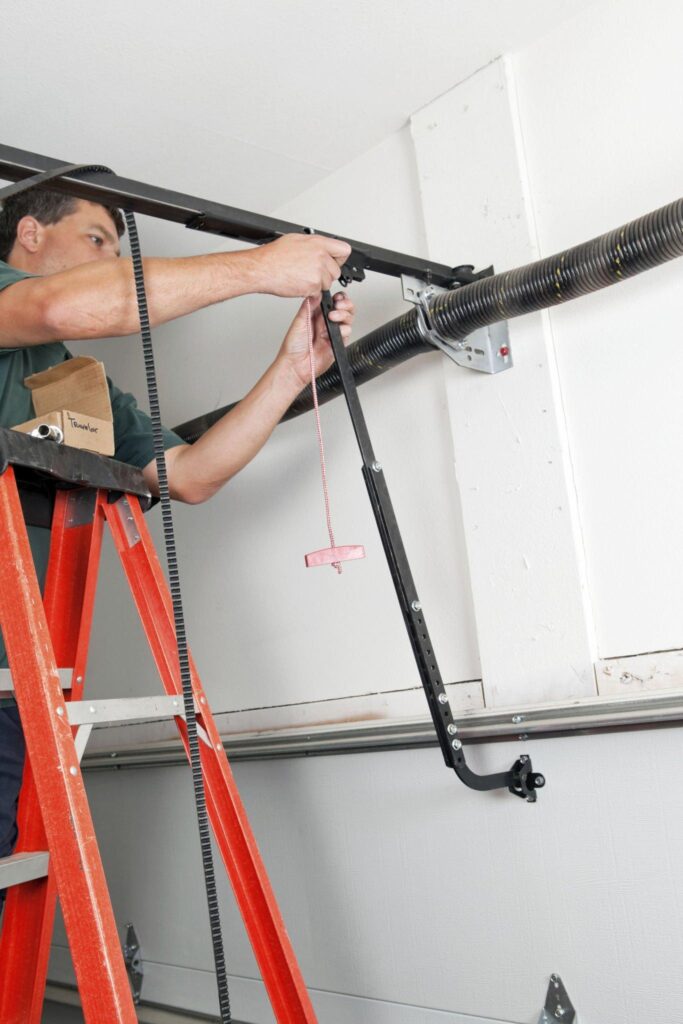
Maintenance Tips
Maintaining your fiberglass ladder is essential to ensure its longevity and safety. Here are some maintenance tips to keep in mind:
- Inspect the ladder regularly: Check your ladder for any cracks, chips, or damage before and after each use. If you notice any damage, do not use the ladder and repair it immediately.
- Clean the ladder after each use: Dirt, debris, and other contaminants can accumulate on the ladder, which can cause it to deteriorate over time. Use a soft cloth or brush to remove any dirt or debris from the ladder after each use.
- Store the ladder properly: Store your ladder in a dry, cool place away from direct sunlight and moisture. Avoid leaning it against a wall or leaving it outside as this can cause it to warp or bend.
- Avoid using the ladder on uneven surfaces: Using a ladder on an uneven surface can cause it to tip over, leading to serious injury. Always use the ladder on a flat, stable surface.
- Use the ladder within its weight capacity: Each ladder has a weight capacity, and exceeding it can cause the ladder to break or collapse. Always check the weight capacity before using the ladder and ensure that you and your equipment do not exceed it.
By following these maintenance tips, you can ensure that your fiberglass ladder remains safe and functional for years to come.
Conclusion
Fixing a fiberglass ladder is not a difficult task, but it does require some patience and attention to detail. By following the steps outlined in this article, one can repair a damaged fiberglass ladder and extend its lifespan.
It is important to note that safety should always be the top priority when working with ladders. Before attempting any repairs, make sure the ladder is stable and secure. Wear appropriate safety gear, such as gloves and eye protection.
Regular maintenance can also help prevent damage to fiberglass ladders. Inspect the ladder before each use and clean it regularly with mild soap and water. Avoid using harsh chemicals or abrasive materials that can damage the ladder’s surface.
In summary, with the right tools and knowledge, fixing a fiberglass ladder is a simple process that can save you money and extend the life of your ladder. Remember to always prioritize safety and maintenance to ensure your ladder remains in good condition for years to come.

